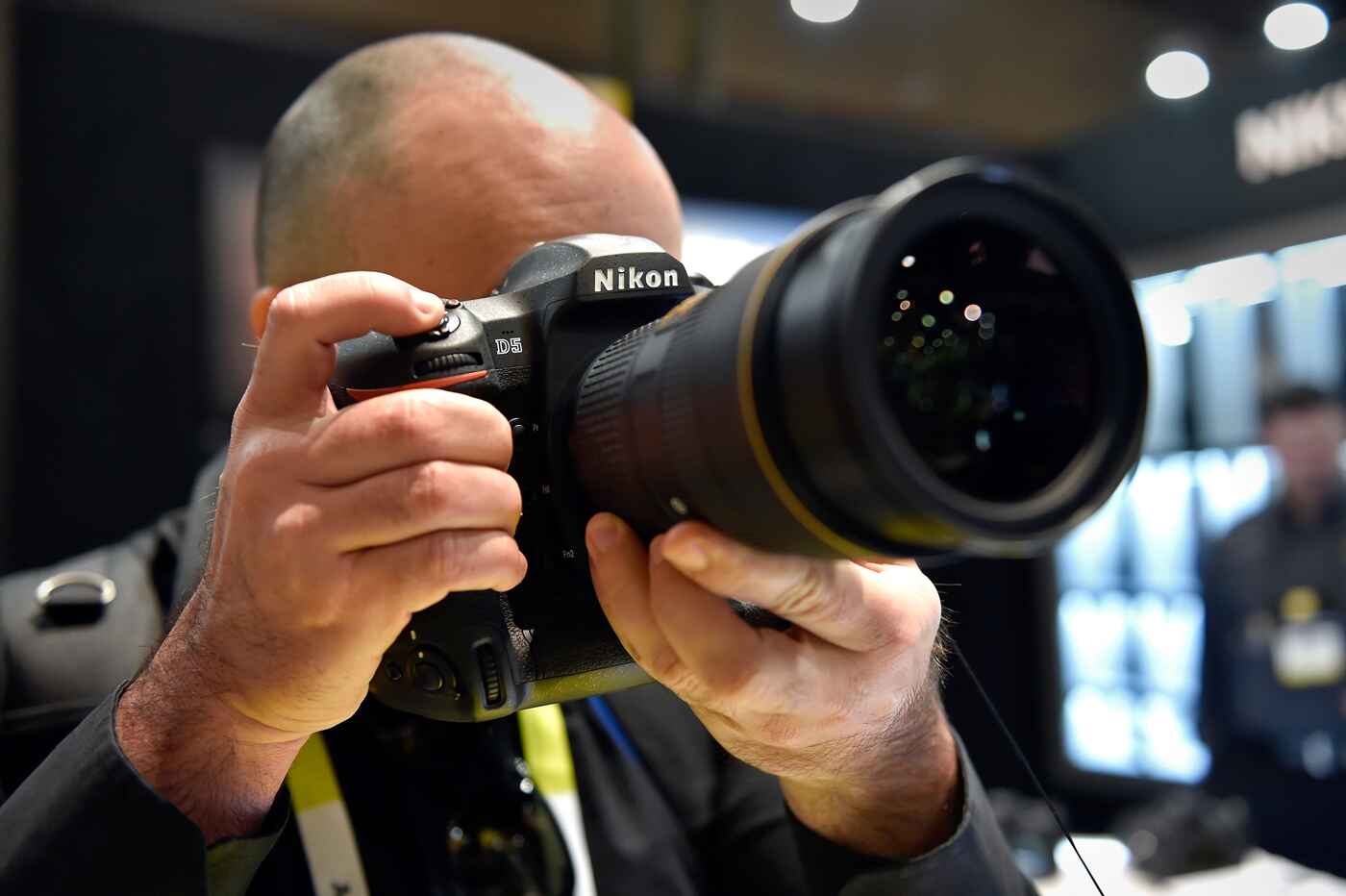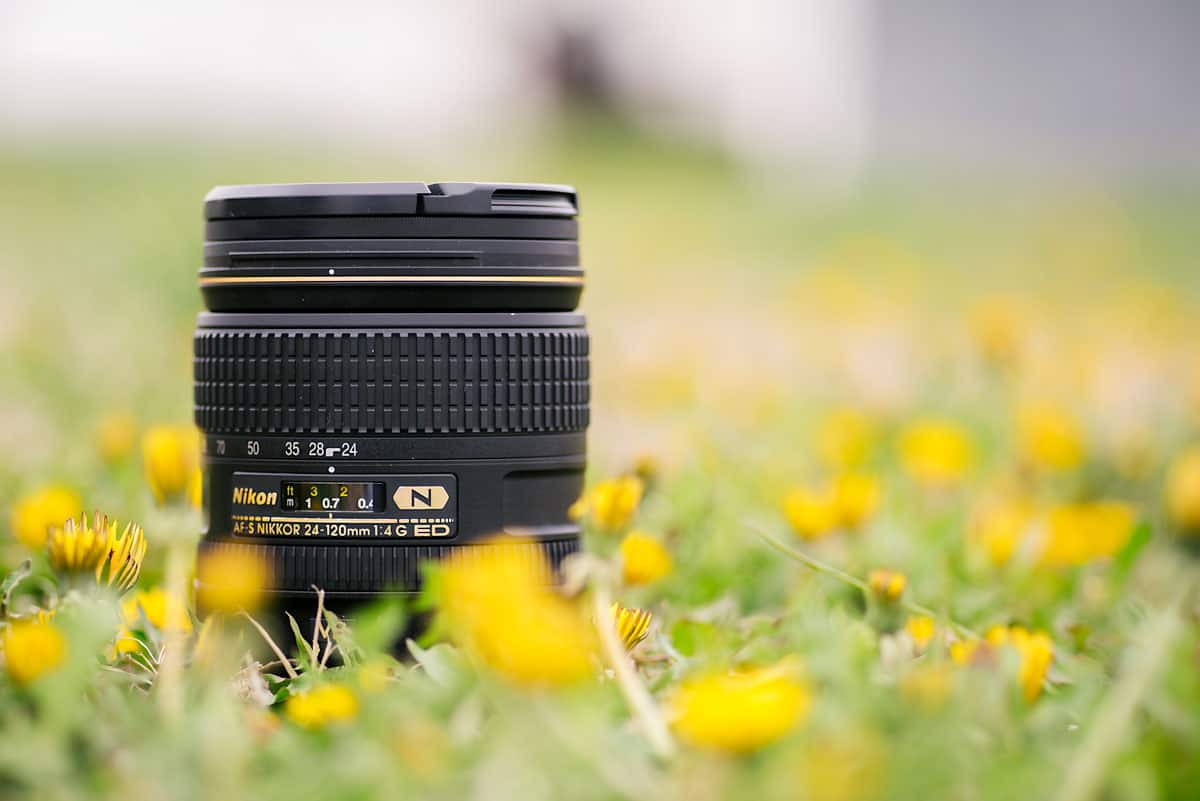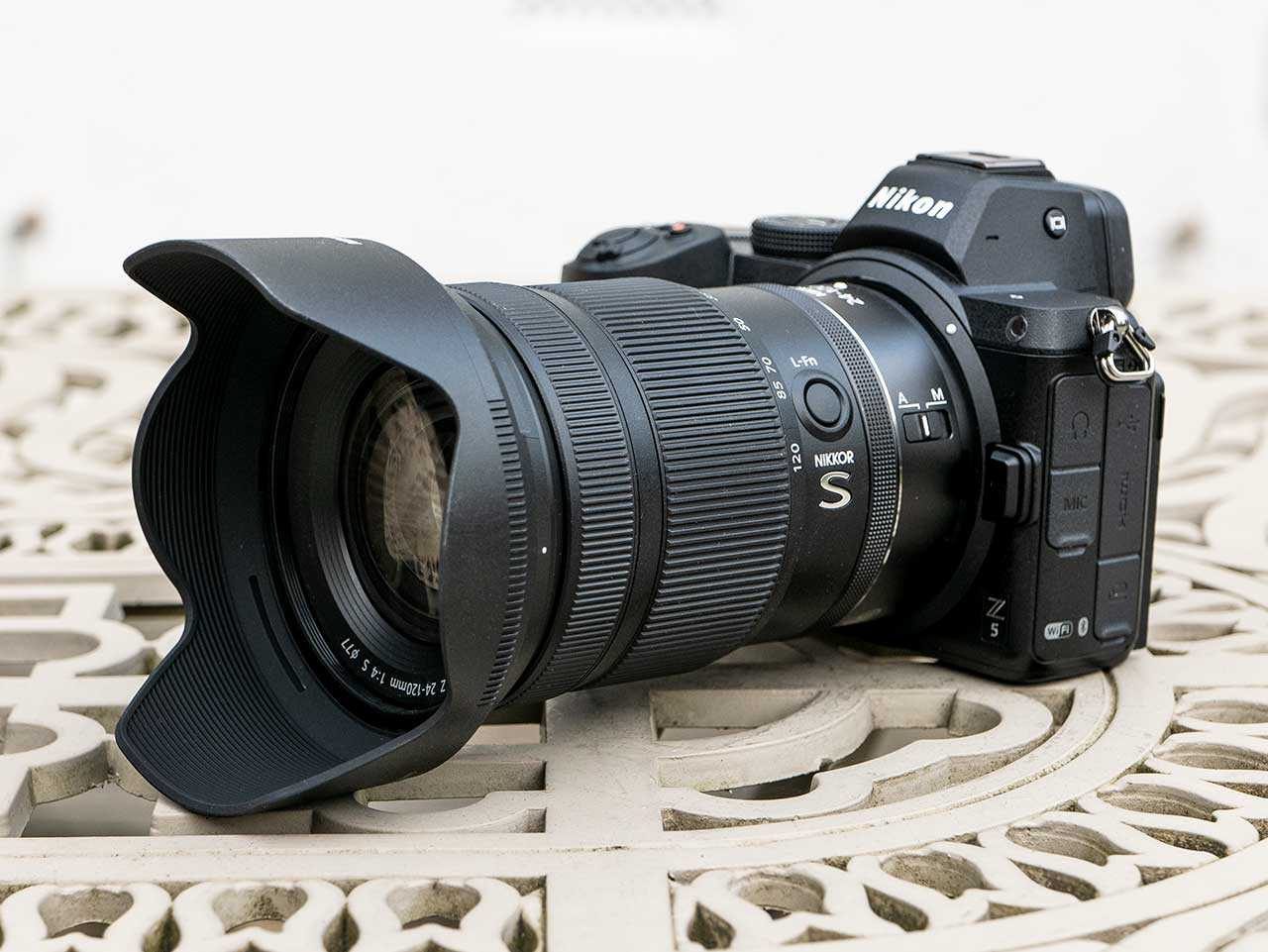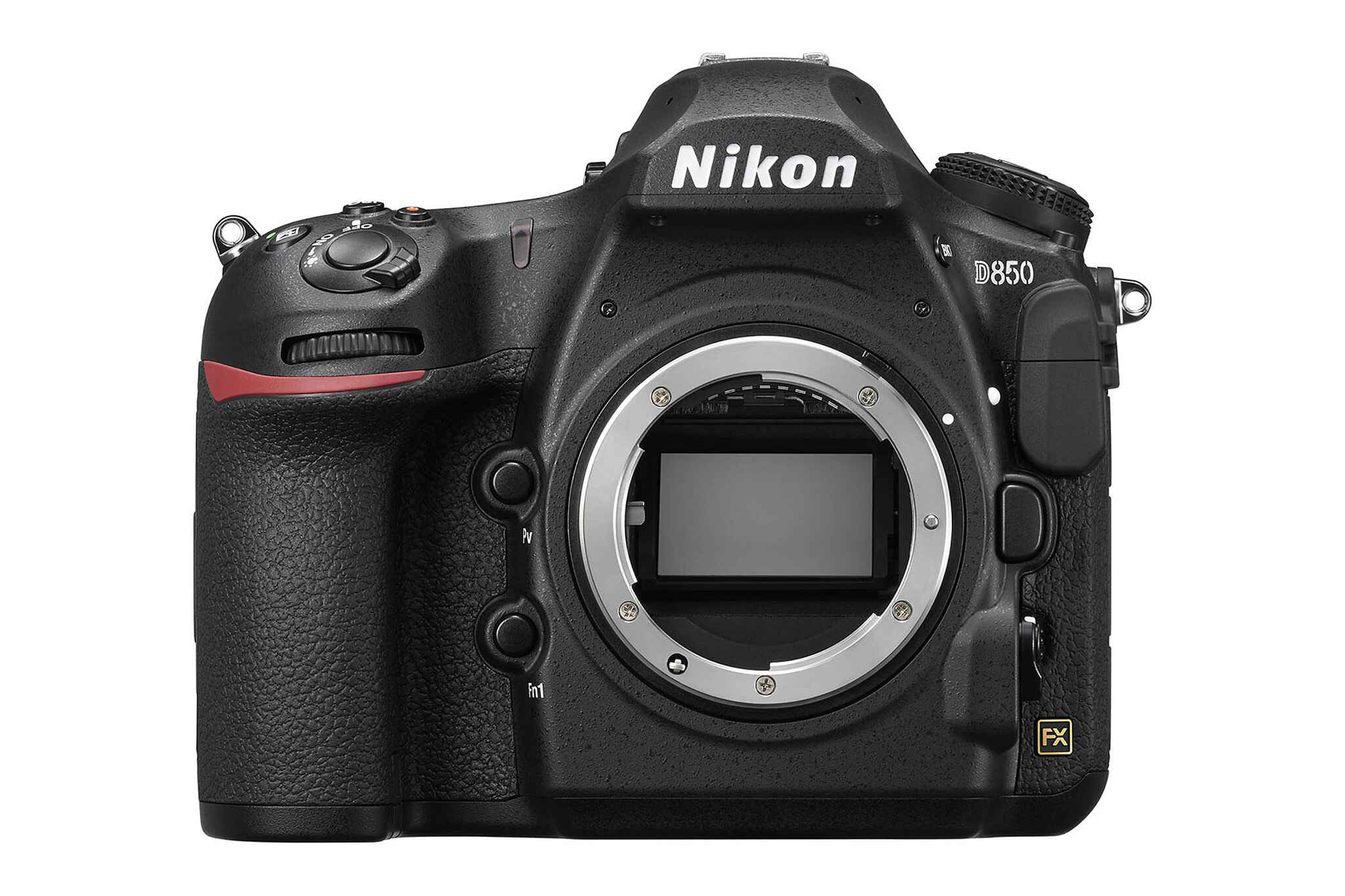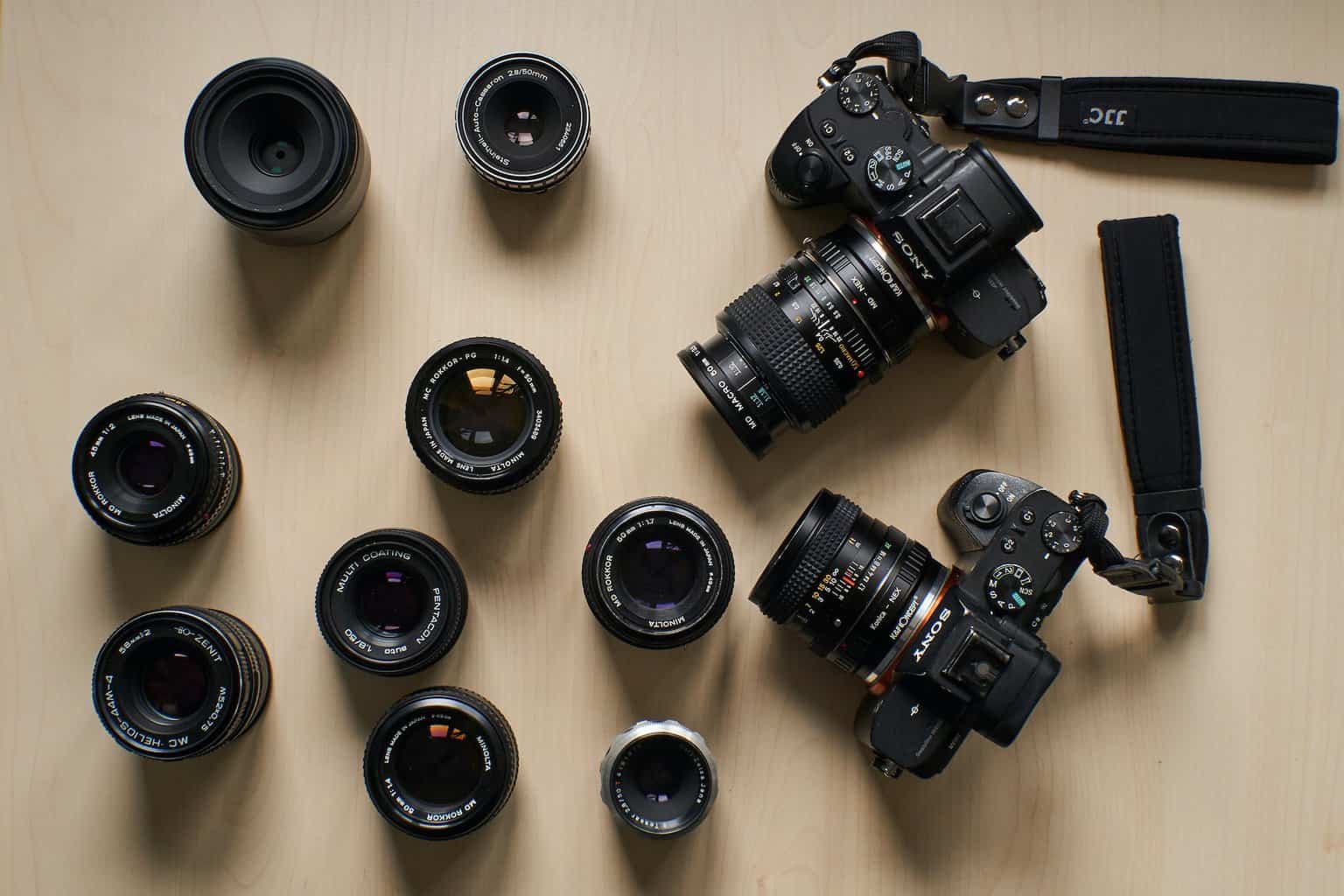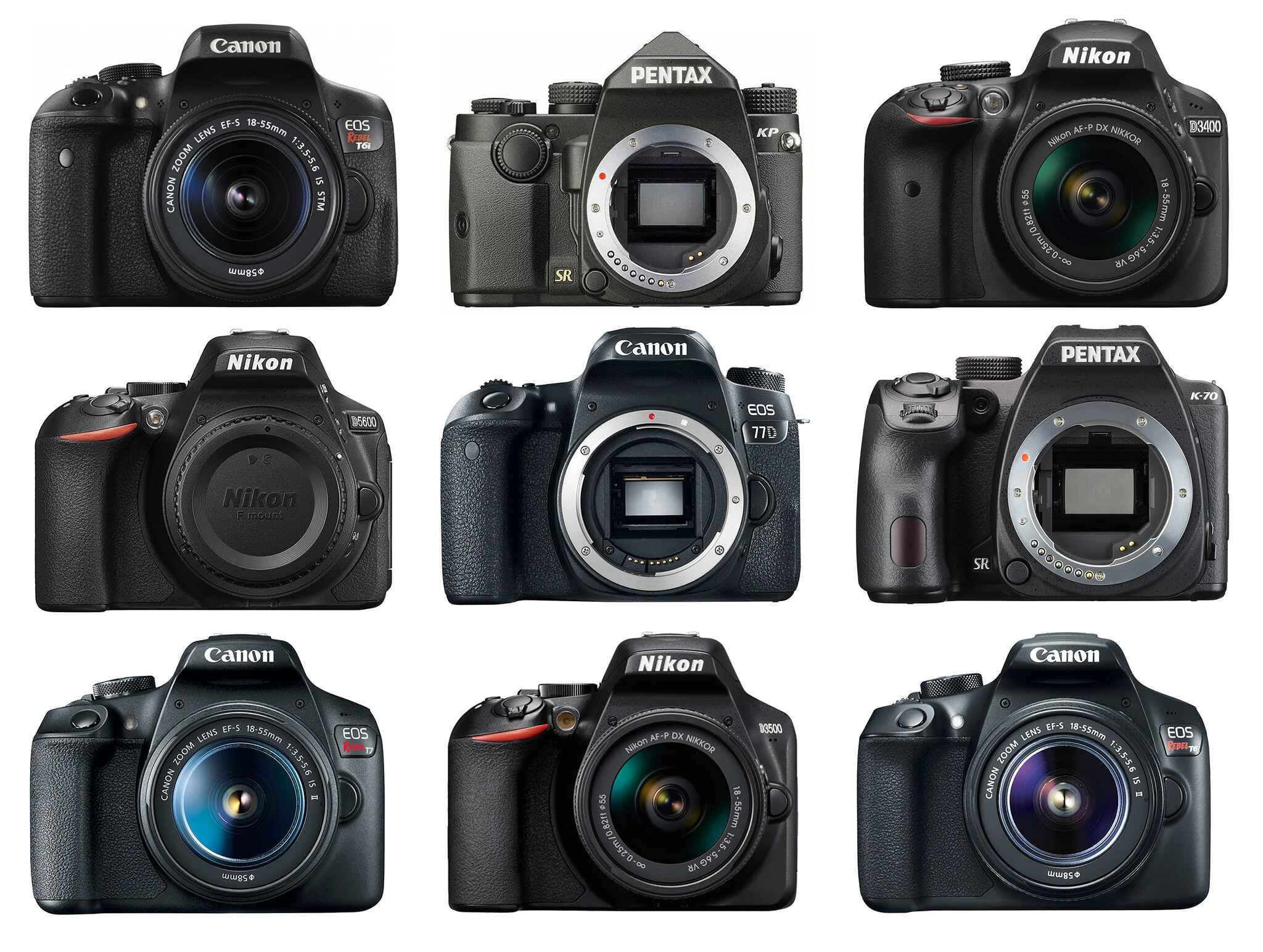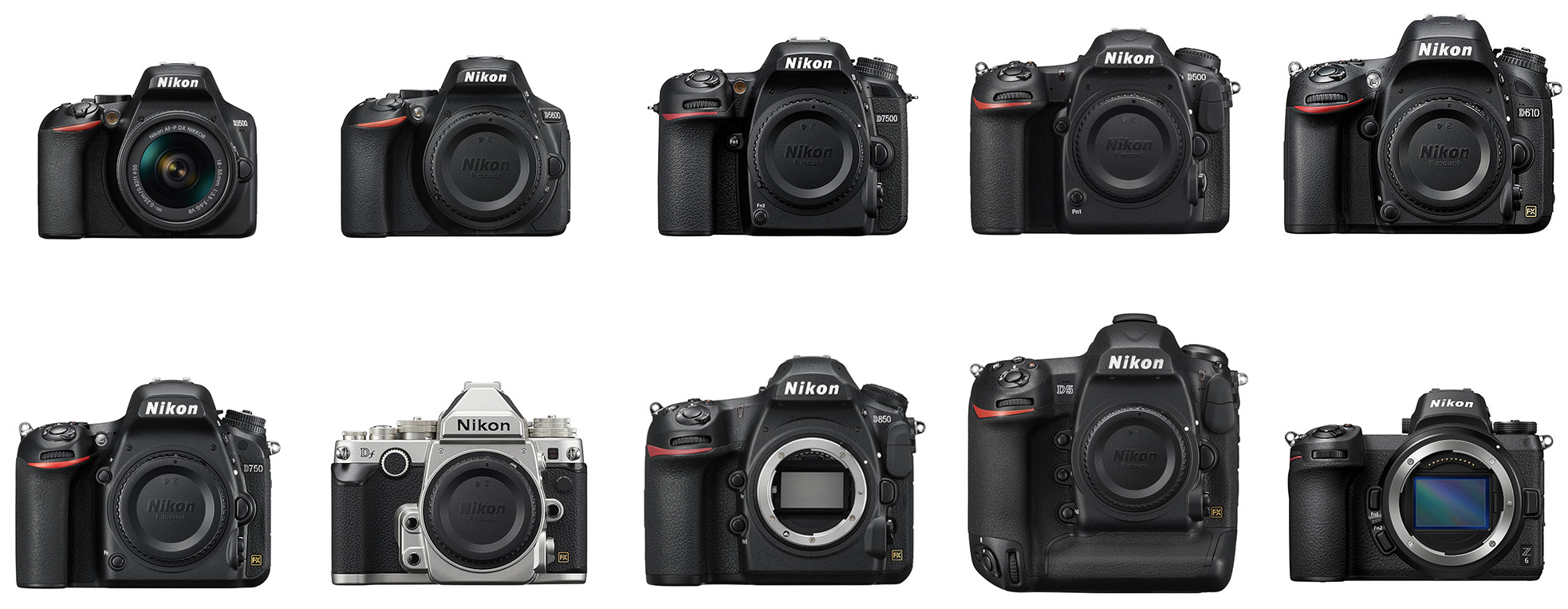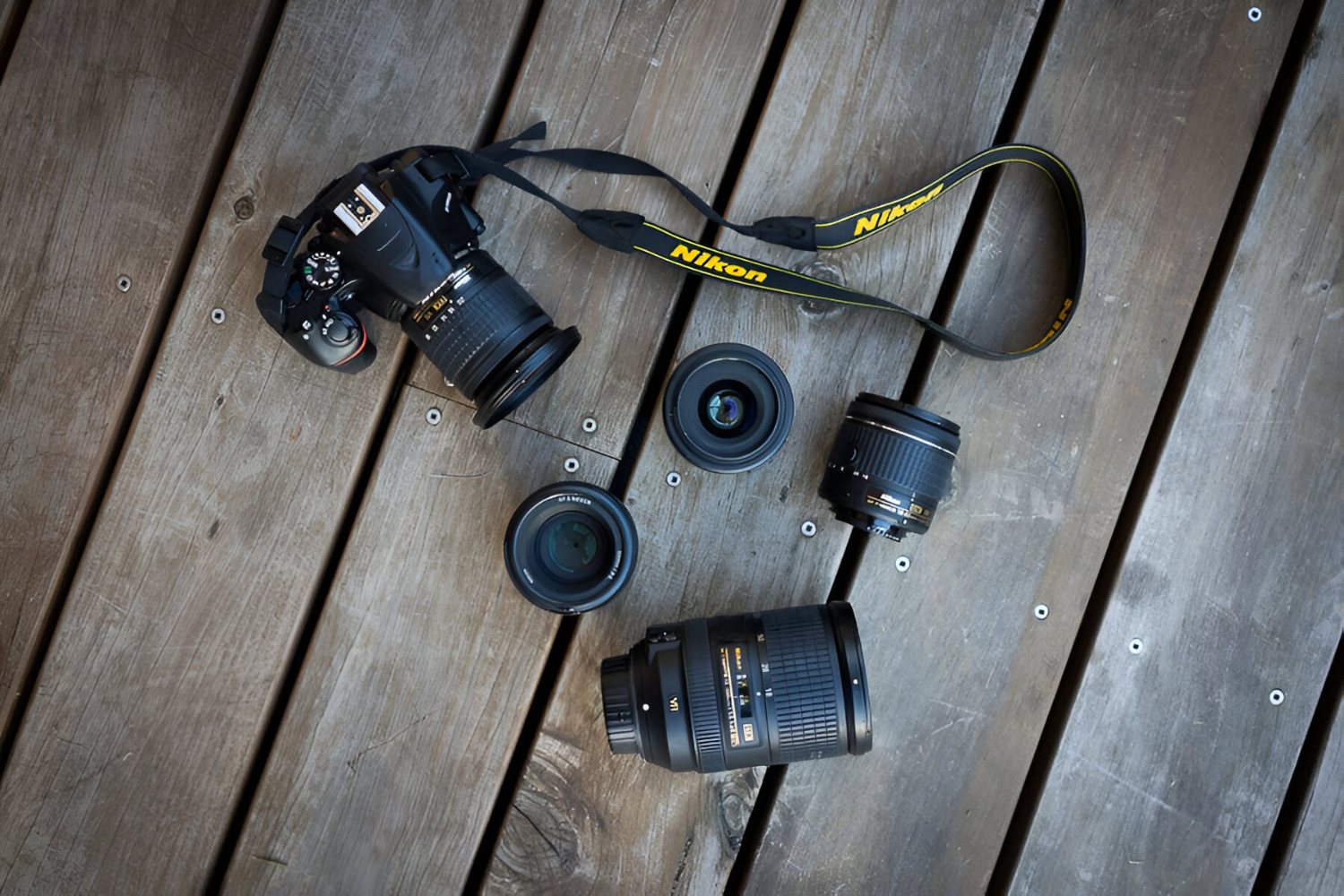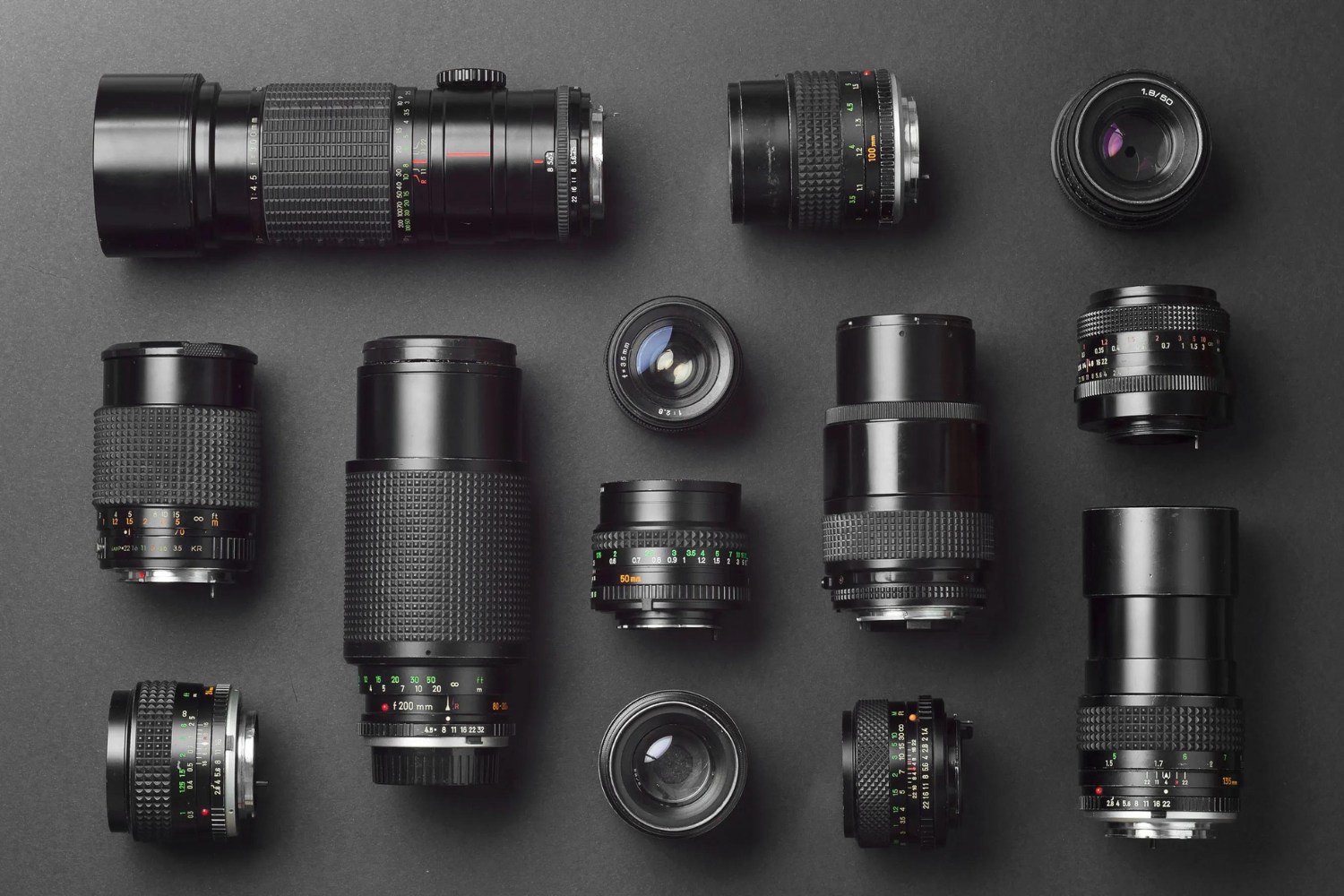Introduction
Understanding the relationship between lens focal length and sensor size is crucial for photographers, especially those using DX DSLR cameras. The conversion from a 70mm lens on a DX DSLR camera is a topic that often perplexes beginners and even some seasoned photographers. In this article, we will delve into the concept of crop factor, explore how it affects the effective focal length, and discuss its implications for photography.
The crop factor plays a pivotal role in determining the effective focal length of a lens when used with a camera featuring a sensor smaller than a full-frame sensor. This factor is particularly relevant for DX format DSLR cameras, which have a smaller sensor size compared to full-frame cameras. By understanding the impact of the crop factor, photographers can make informed decisions when selecting lenses and anticipate the field of view adjustments when capturing images.
As we unravel the intricacies of this conversion, we will shed light on how the crop factor influences the field of view and the practical implications for photography. By the end of this article, you will have a comprehensive understanding of how a 70mm lens performs on a DX DSLR camera and how to leverage this knowledge to enhance your photography skills. Let's embark on this enlightening journey into the world of focal lengths and sensor sizes.
Understanding the Crop Factor
The crop factor, also known as the focal length multiplier, is a crucial concept in digital photography, especially when using cameras with sensors smaller than full-frame sensors. The term “crop factor” stems from the fact that the smaller sensor “crops” the image compared to a full-frame sensor. For DX format DSLR cameras, the crop factor is typically around 1.5x, although it may vary slightly depending on the camera model and manufacturer.
Essentially, the crop factor indicates how much smaller the camera’s sensor is compared to a full-frame sensor. In the case of a 1.5x crop factor, a 70mm lens on a DX DSLR camera effectively behaves like a 105mm lens on a full-frame camera (70mm x 1.5 = 105mm). This means that the crop factor effectively extends the focal length of the lens, resulting in a narrower field of view and magnified image compared to using the same lens on a full-frame camera.
Understanding the crop factor is essential for photographers as it directly impacts the composition and framing of images. When using a lens with a specific focal length on a DX DSLR camera, the crop factor must be considered to accurately predict the resulting field of view and image magnification. This knowledge empowers photographers to make informed decisions when selecting lenses for different shooting scenarios.
Moreover, the crop factor influences depth of field, as the effective focal length affects the apparent distance between the subject and the background. It’s important to recognize that the crop factor does not alter the actual focal length of the lens but rather indicates its equivalent focal length on a full-frame camera. This distinction is crucial in comprehending how the crop factor impacts the visual characteristics of the captured images.
Calculating the Effective Focal Length
Calculating the effective focal length on a DX DSLR camera involves multiplying the actual focal length of the lens by the crop factor of the camera. For instance, with a 1.5x crop factor, the effective focal length of a 70mm lens on a DX DSLR camera would be 70mm x 1.5, resulting in an effective focal length of 105mm. This calculation is essential for understanding how the crop factor impacts the magnification and field of view of the captured images.
When photographers comprehend the concept of effective focal length, they can anticipate the visual characteristics of the images they capture. The magnification effect caused by the crop factor is particularly noteworthy, as it can significantly influence the portrayal of subjects and scenes. By calculating the effective focal length, photographers can visualize the framing and composition of their shots more accurately, enabling them to achieve the desired visual impact.
It’s important to note that the effective focal length does not alter the physical properties of the lens but rather provides a reference point for understanding its behavior on a camera with a crop sensor. This calculation serves as a bridge between the lens’s intrinsic characteristics and its performance on a specific camera, allowing photographers to adapt their shooting techniques accordingly.
Furthermore, understanding the effective focal length is instrumental in selecting lenses for various photography genres. By considering the impact of the crop factor on the effective focal length, photographers can choose lenses that cater to their specific visual preferences and shooting styles. Whether capturing portraits, landscapes, or macro subjects, the calculated effective focal length guides photographers in leveraging the crop factor to achieve their desired visual storytelling.
Impact on Field of View
The crop factor has a profound impact on the field of view when using a 70mm lens on a DX DSLR camera. Due to the crop factor’s magnification effect, the field of view is narrower compared to using the same lens on a full-frame camera. This means that a 70mm lens on a DX DSLR camera captures a tighter frame, making it suitable for isolating subjects and emphasizing details within the composition.
Understanding the altered field of view is crucial for photographers, as it influences how scenes and subjects are portrayed in the captured images. The narrower field of view resulting from the crop factor can be advantageous in certain photography genres. For example, in portrait photography, the magnified effect of the lens can help in creating flattering compositions and highlighting facial features with greater emphasis.
Conversely, the narrower field of view may pose challenges when capturing expansive landscapes or architectural subjects, as it may require photographers to step back further to encompass the desired scene within the frame. This adjustment in shooting distance is a direct consequence of the altered field of view caused by the crop factor, and it underscores the need for photographers to adapt their positioning and framing techniques based on the camera’s sensor size and the lens being used.
Furthermore, the impact on the field of view extends to the visual storytelling aspect of photography. The altered perspective resulting from the crop factor can evoke different emotional responses and convey distinct narratives within the images. By recognizing how the field of view is affected, photographers can harness the unique characteristics of the crop factor to craft compelling visual stories that resonate with viewers.
Practical Implications for Photography
The practical implications of using a 70mm lens on a DX DSLR camera extend beyond theoretical understanding, significantly influencing the real-world practice of photography. By embracing the crop factor and its ramifications, photographers can leverage this knowledge to enhance their creative vision and technical proficiency.
Firstly, the awareness of the crop factor empowers photographers to make informed decisions when selecting lenses for their DX DSLR cameras. Understanding how the crop factor alters the effective focal length and field of view allows photographers to choose lenses that align with their visual preferences and shooting requirements. Whether seeking to capture intimate portraits with enhanced magnification or expansive landscapes with adjusted framing, the practical implications of the crop factor guide photographers in optimizing their lens choices for diverse photographic scenarios.
Moreover, the practical implications of the crop factor extend to composition and framing techniques. Photographers can adapt their positioning and framing strategies to account for the altered field of view resulting from the crop factor. This adaptability fosters a deeper understanding of spatial relationships within the frame and encourages creative experimentation with perspective and subject placement. By embracing the practical implications of the crop factor, photographers can refine their compositional skills and develop a nuanced approach to visual storytelling.
Furthermore, the practical implications for photography encompass the technical aspects of image capture, such as depth of field control and subject isolation. The magnification effect of the crop factor can be harnessed to create compelling visual narratives by emphasizing specific elements within the composition. This intentional use of the crop factor’s practical implications enables photographers to craft images that resonate with viewers on both aesthetic and emotional levels.
Embracing the practical implications of the crop factor fosters a holistic approach to photography, where technical understanding converges with creative expression. By recognizing the significance of the crop factor in shaping the visual language of their images, photographers can elevate their artistry and produce captivating photographs that reflect their unique perspective and creative intent.







